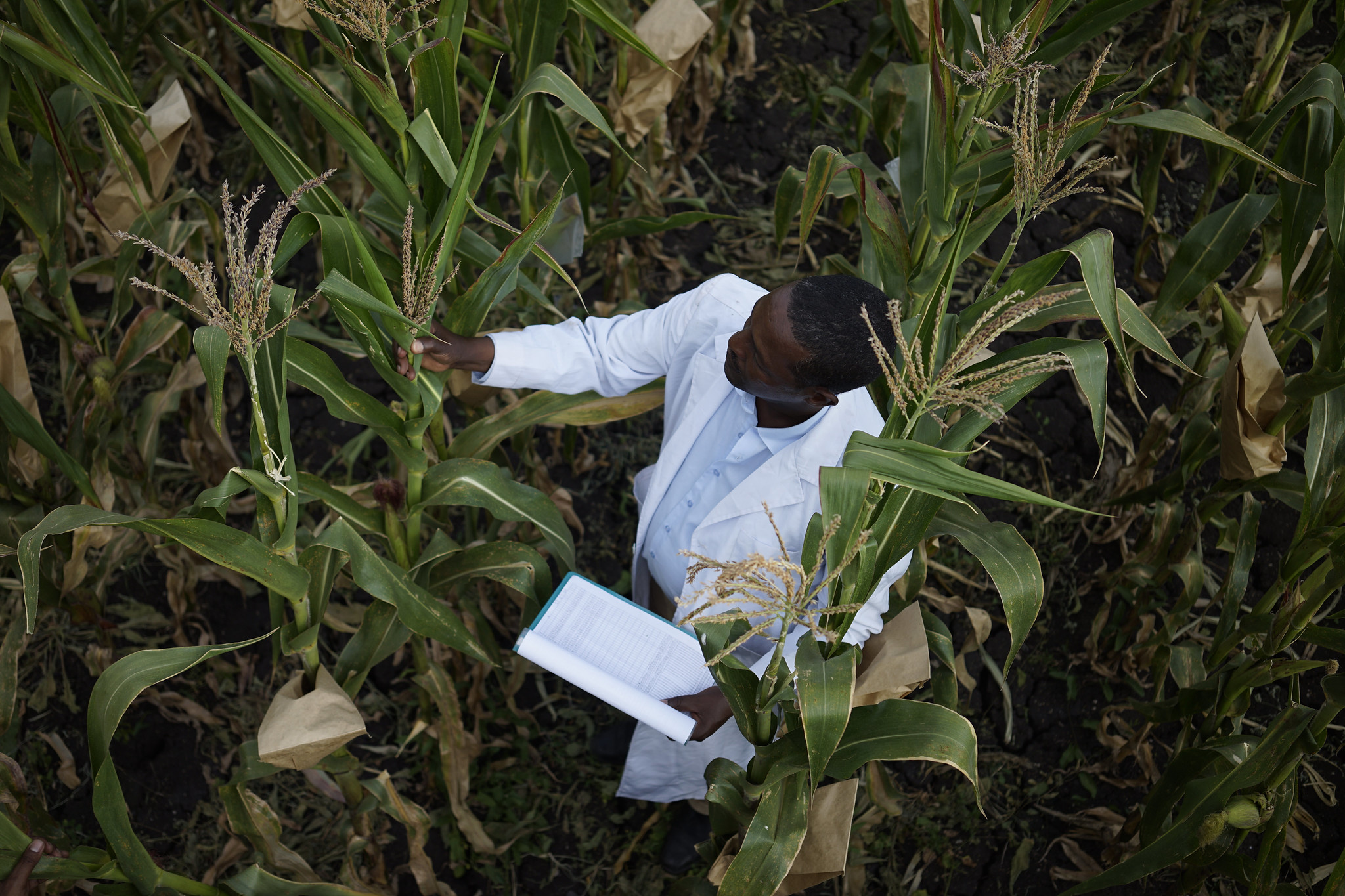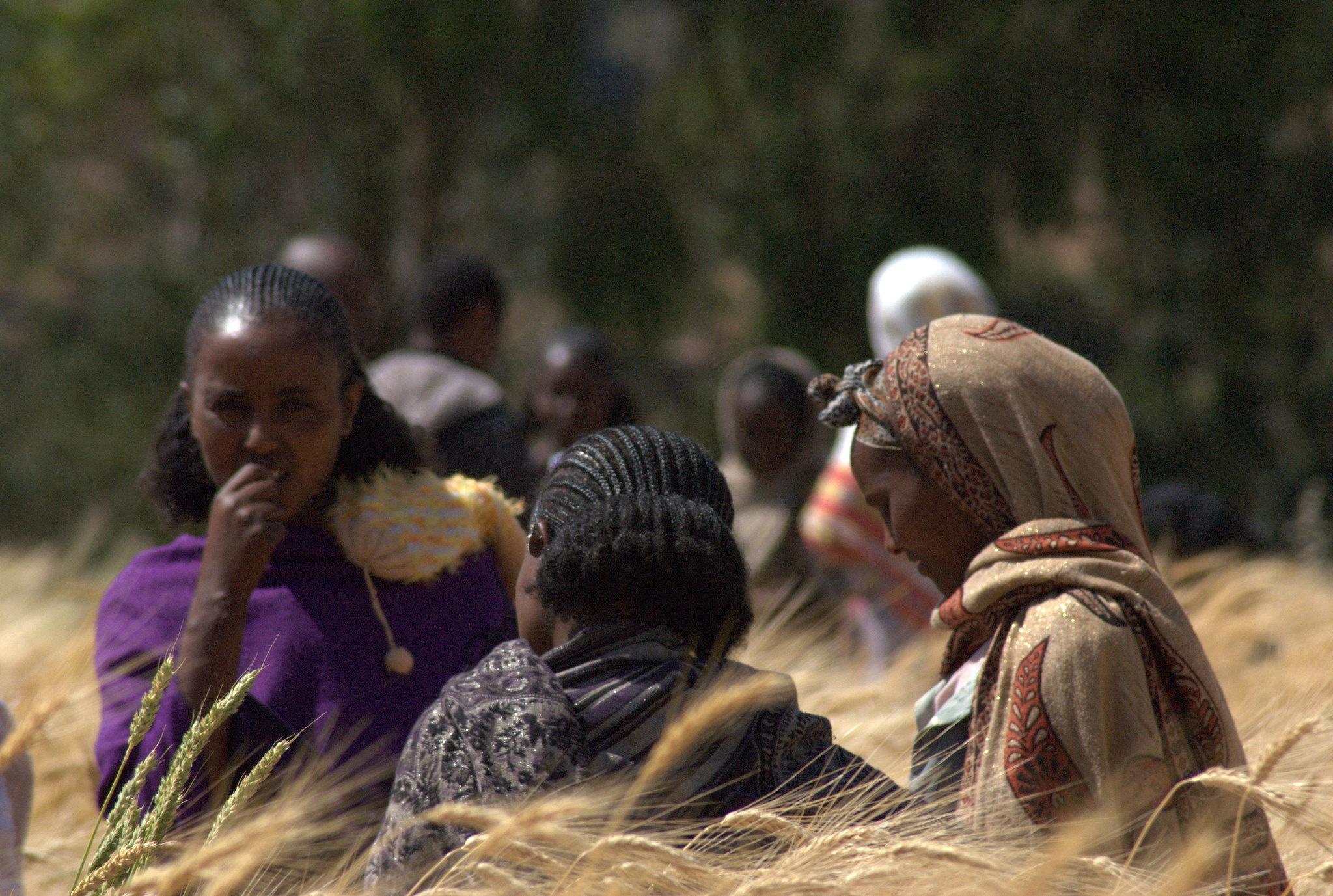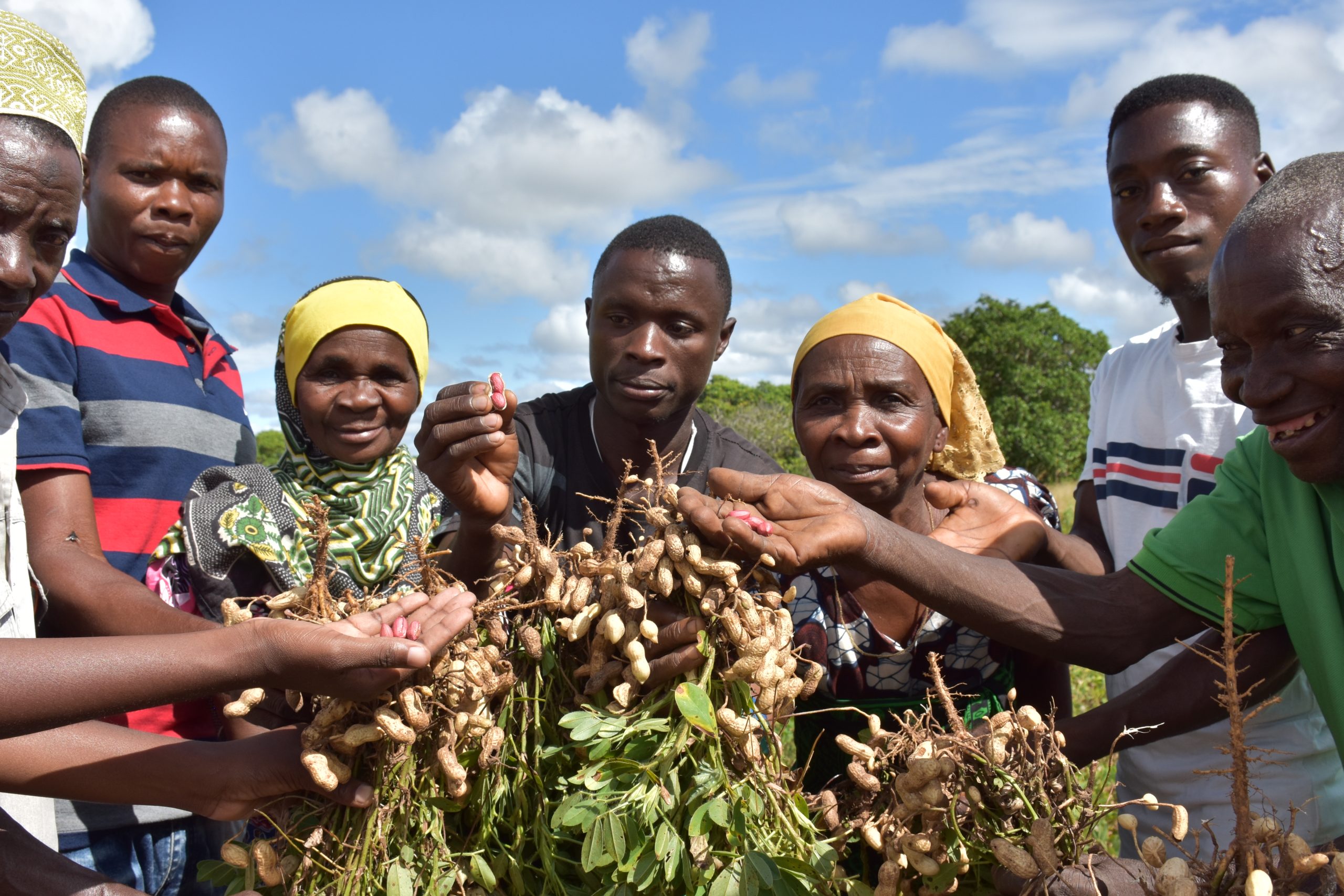
The Accelerated Varietal Improvement and Seed Delivery of Legumes and Cereals in Africa (AVISA) project has developed draft national groundnut target product profiles in Malawi, Mozambique, Sudan, Tanzania, Uganda and Zambia.
Groundnut is grown in eastern and southern Africa, where it remains an important food and oil crop from small holder farmers.
The new findings from the project are a result of work from groundnut crop breeding and improvement teams from the National Agricultural Research and Extension Systems (NARES) representatives from the six largest groundnut producing countries in the eastern and southern Africa region.
Their important research was carried out with the support of representatives from the Centre for Coordination of Agricultural Research and Development for Southern Africa (CCARDESA) and CGIAR.
Developing target product profiles for groundnut
For the first time, through the International Maize and Wheat Improvement Center (CIMMYT)-led AVISA program, funded by the Bill & Melinda Gates Foundation, groundnut breeding teams discussed and documented country level priorities at a meeting in Dar es Salaam, Tanzania.
Their findings were developed using a standard target product profile template recently developed by CGIAR Excellence in Breeding (EiB) in conjunction with CGIAR’s Market Intelligence Initiative. The template serves as a tool to capture market segments and develop targeted product profiles.
The groundnut breeding teams also shared information on current groundnut production metrics and trends in the six national programs. This also helped to establish a common understanding of countries’ level research priorities.
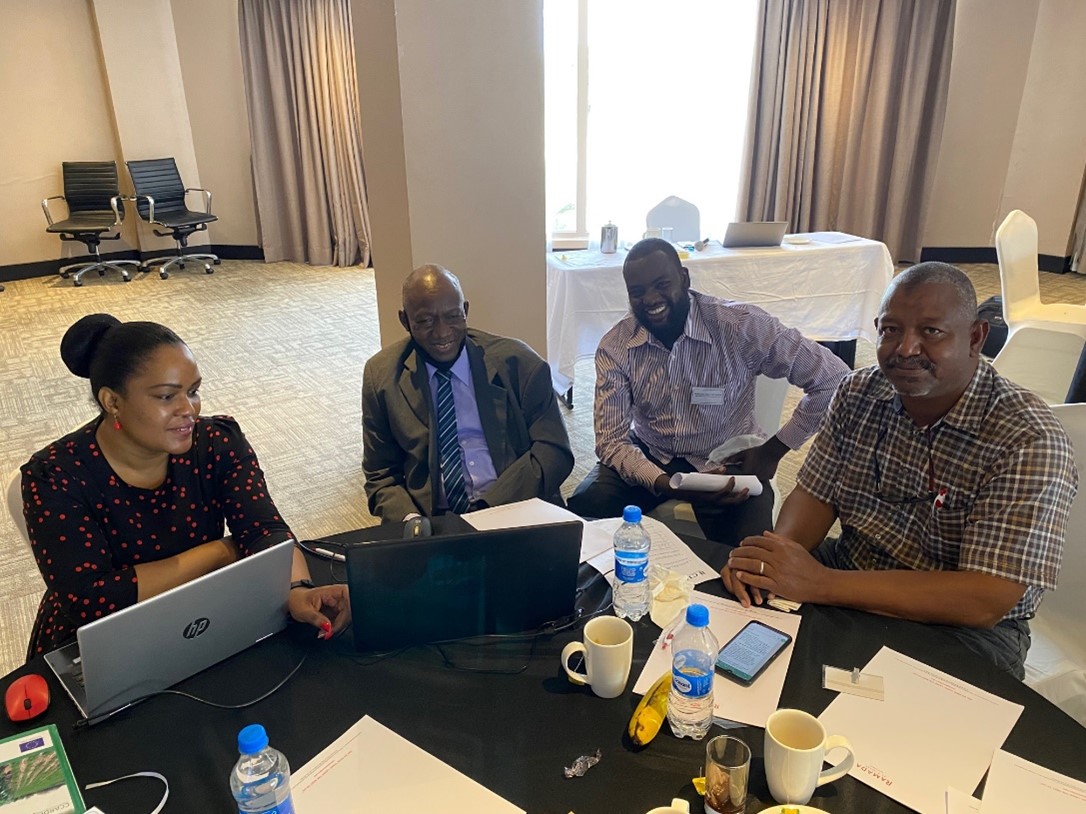
Agnes Gitonga, market strategist at CGIAR Genetic Innovations Action Area, who led the team in understanding and applying the template, explained that the quality of a target product profile (TPP) is dependent on how well market segments are defined. “To ensure target product profiles are an accurate reflection of customer needs, who include farmers, consumers, and processors,” she said.
“National groundnut teams nominated Country Product Design Teams that will meet nationally before the end of 2022 to review and update country TPPs. These multi-stakeholder teams will ensure that the needs of diverse groups are captured and that breeding efforts are accurately focused.”.
Harish Gandhi, Breeding Lead, Dryland Legumes and Cereals (DLC) at CIMMYT, further explained that a bottom-up approach for defining country and regional priorities was used, where each country defined market segments and target product profile based on the use of the produce and growing conditions of farmers. This strategy involved each country defining its market segments and TPP, which was based on the use of the produce and growing conditions of farmers.
Building on the draft national target product profiles that were defined at the meeting, participants went on to prioritize traits such as diseases, nutrition and stress tolerance. These factors can be critical at regional level and important in identifying potential locations for conducting phenotyping. The phenotyping locations are distributed based on capacity of stations in different countries to screen for traits, such as late leaf spot disease screening in Msekera in Zambia, which is a known hotspot for the disease.
“We had a good opportunity to consider grower needs as well as consumer needs in each country for purposes of defining the relevant groundnuts market segments. I believe this will have a positive impact on future work in groundnuts in the East and Southern Africa region,” reflected Gitonga.
The collaboration of the teams involved was a key factor for the project’s success so far and will be crucial in working towards its goals in the future.
“Involving different stakeholders in designing target product profile was an effective way of enabling transformation of individual preferences (area of interest) to collective preferences (targeted product) with consumer needs and markets in mind,” said Happy Daudi, Groundnut Breeding lead at the Tanzania Agricultural Research Institute (TARI).
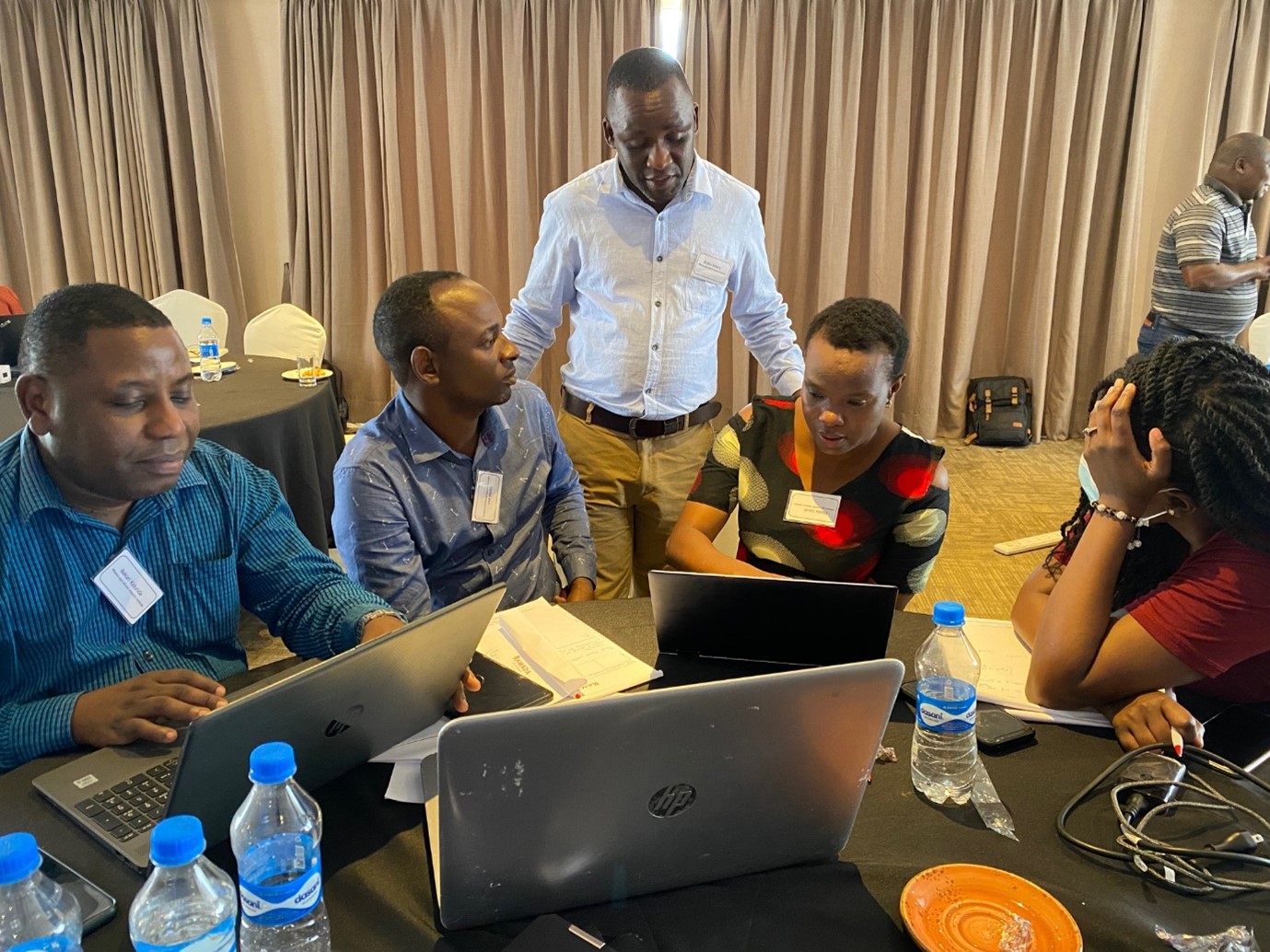
Strengthening groundnut breeding programs in east and southern Africa
The project’s first meeting will provide an important foundation for future research, which will use the new findings as a blueprint.
Biswanath Das, Plant Breeder, Groundnut for East and Southern Africa region and NARES Coordinator and Programming lead for EiB said, “Defining national TPPs, identifying regionally important traits and mapping a testing network are fundamental building blocks of a modern breeding program.”
At the meeting, a schedule was laid out for peer-to-peer assessments of breeding programs within the regional network to take stock of current efforts and gaps. This step helps to develop customized capacity development plans for each network partner.
“Through targeted and demand led capacity development, the East and Southern Africa groundnut crop improvement network aspires to strengthen the role of each network member in collaborative, regional breeding efforts,” Das said.
The meeting laid the ground for coordinated regional groundnut breeding and took steps towards formalizing a regional NARES-CGIAR-SME groundnut crop improvement network. By building on excellent connections that already exist among national groundnut breeding teams. Das underscored that the move will strengthen alignment of NARES, CGIAR and regional research efforts around a common vision of success.
In addition, David Okello who leads groundnut research at National Agriculture Research Organization (NARO) Uganda, noted that the meeting provided a good opportunity for consolidating the existing network. He also looked forward to welcoming more groundnut improvement programs in the region on board.
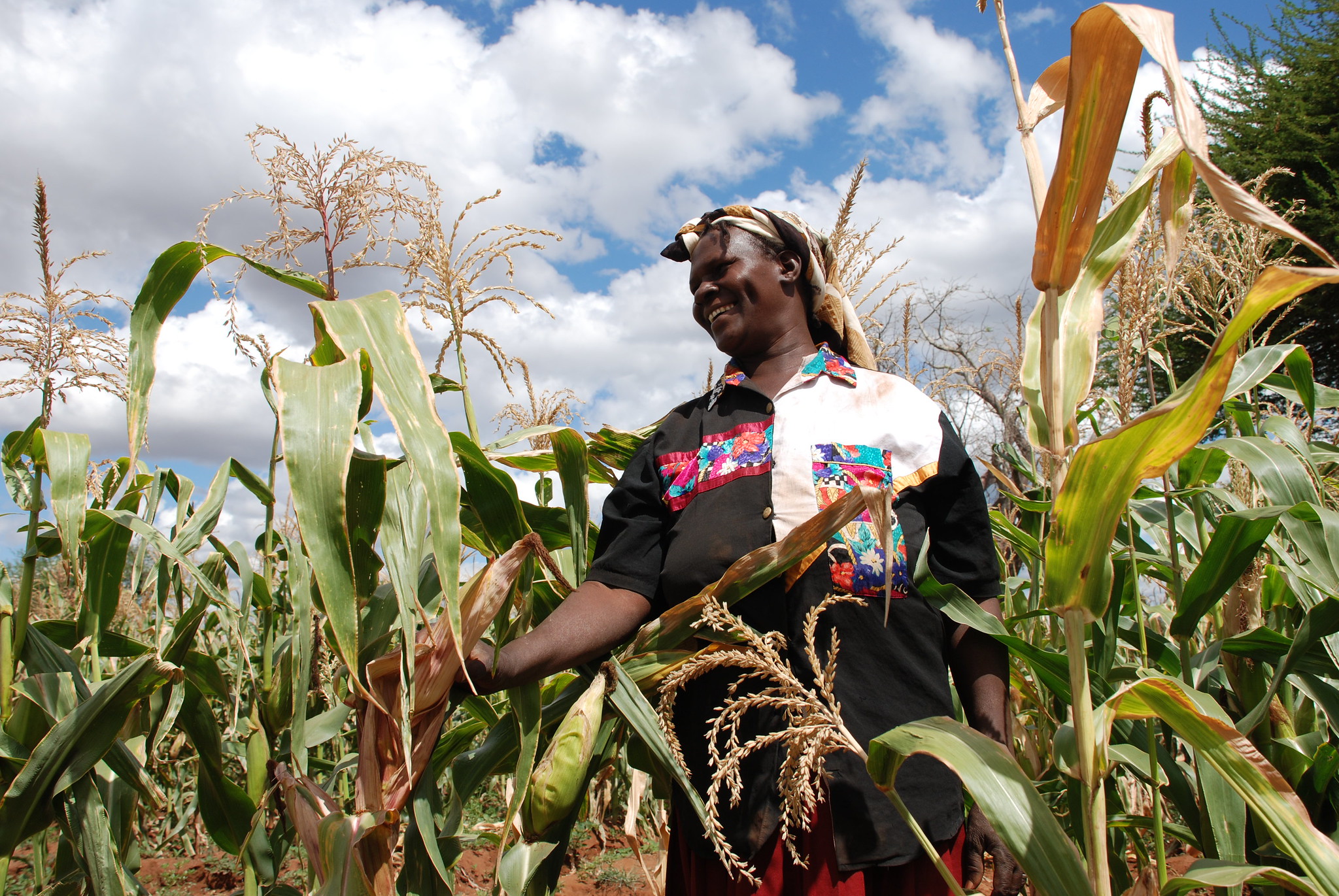
 Nutrition, health and food security
Nutrition, health and food security 